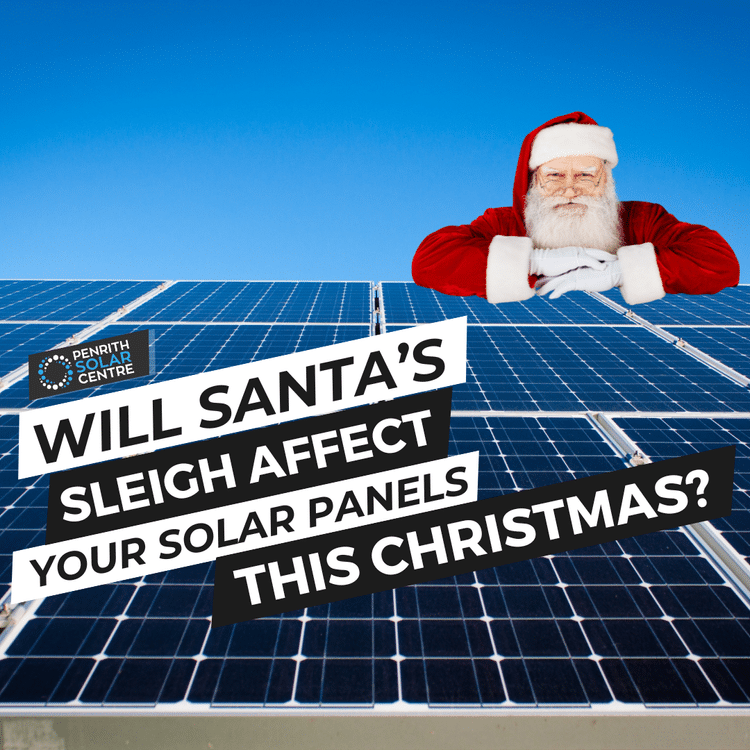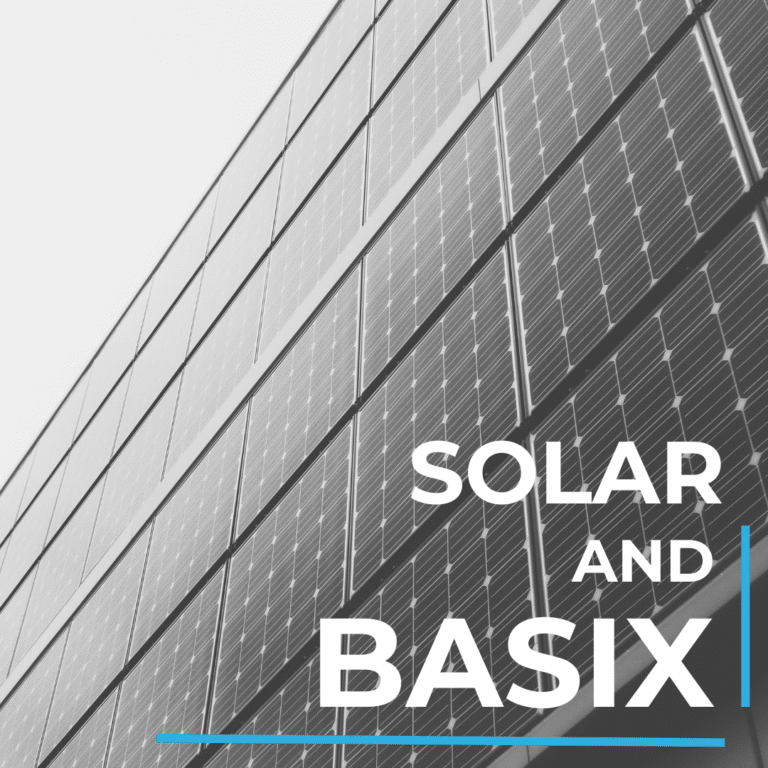Are you considering a solar battery purchase? Whether you’re integrating it into an existing solar setup or planning a fresh solar installation with a battery added on, navigating the many available options can be intimidating, especially if you’re just beginning your solar journey.
At Penrith Solar Centre, we’re driven to provide customers with the industry knowledge needed to make informed decisions tailored to your specific needs.
We’ve installed thousands of batteries in and around Sydney, and one of our preferred products is the Tesla Powerwall 2. This review will provide an honest evaluation of the Tesla Powerwall 2. You’ll understand its specifications and features, its pros and cons, and determine if it suits your home and needs.
In this article, you will learn:
- What is a Tesla Powerwall 2?
- What Are the Specs and Features?
- What Are the Pros and Cons of This Battery?
- Is it a Good or Bad Fit for Your Solar System?
- The Final Verdict: Is the Tesla Powerwall 2 Right for You?
By the end of this article, you will be able to objectively determine if the Powerwall is going to be a good fit for your home or business.
What Is A Tesla Powerwall 2?
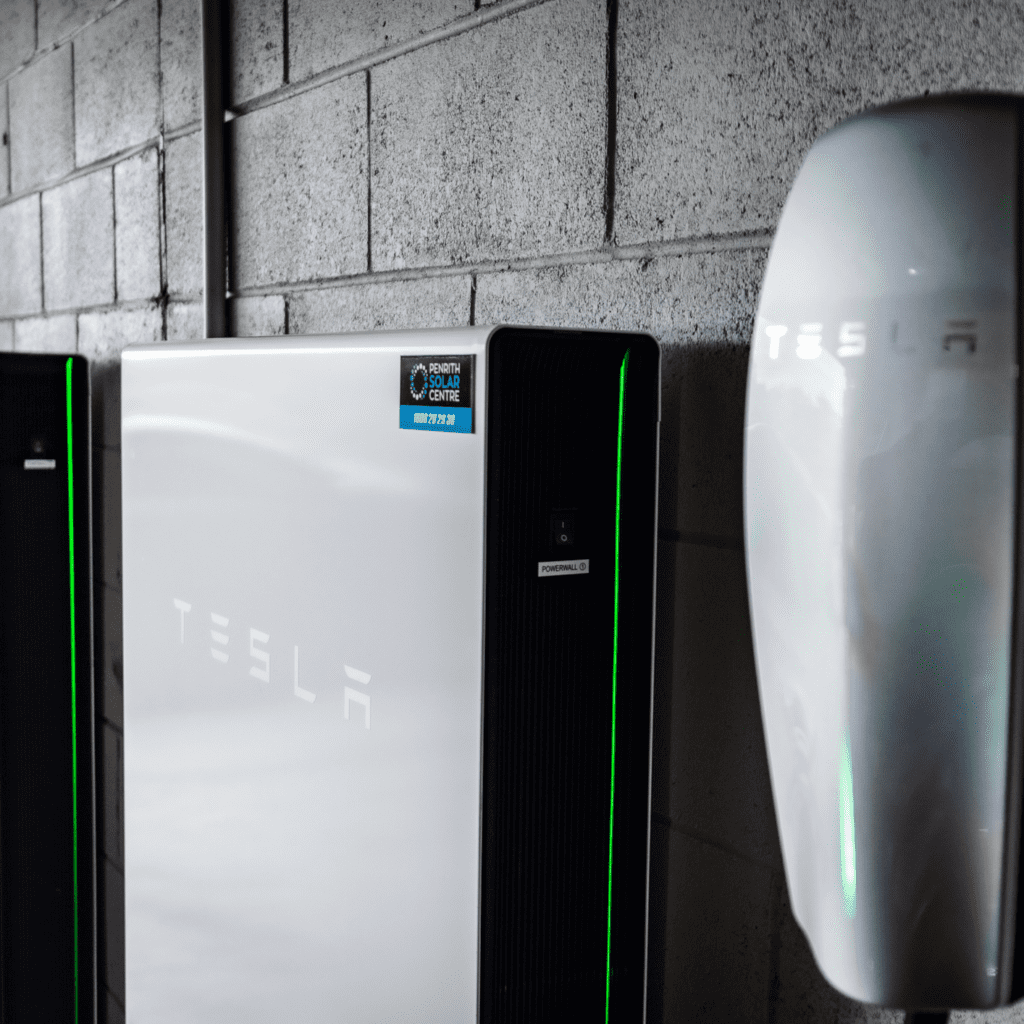
Tesla Energy is an American company known for electric car development and manufacturing. They’re focused on building clean energy solutions through solar batteries and electric vehicles. In 2012, Tesla was developing batteries for its electric cars and started experimenting with larger energy storage solutions.
In 2015, the first Powerwall was released, named the Powerwall. It was soon replaced by the Powerwall 2 in 2016, which has been updated over the past six years as the company refined the product.
The Tesla Powerwall 2 is a lithium NMC (Nickel-Manganese-Cobalt) battery, which is slightly different from the popular lithium-ion batteries competitors use. The lithium NMC is reasonably safe as long as it’s protected by durable casing and precautionary features, which the Powerwall has. Even if the cells in the battery explode, the outer shell will contain it. Really the only worry is if the casing is penetrated, like if it’s hit by a car.
One of the reasons the Powerwall is so popular is because it’s an AC-coupled battery that’s compatible with any type of solar system. There’s an inverter in the battery that converts the AC power to DC power for storage. Because of this inverter and its working in harmony with the Tesla Gateway, the Powerwall can be added to any existing solar system and put that energy into the battery.
Other batteries can’t do this. Inverters require a compatible battery. The Powerwall can speak to any solar panel system, even if your roof is a bit of a bitser and it’s got three different solar systems feeding into the battery.
That being said, it’s important to note that the Powerwall has a central point of failure: the battery’s internal inverter. If it fails, and it runs almost 24/7, then the entire battery has to be replaced.
In an AC-coupled system, the electricity generated by the solar panels starts as DC power. That power is converted into AC power by a microinverter mounted underneath each solar panel.
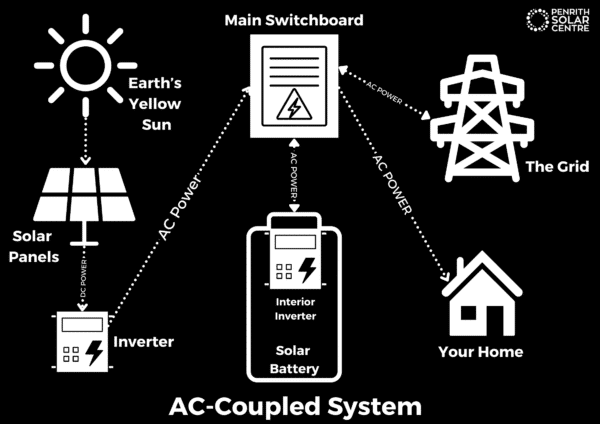
This AC power is then directed to an AC-coupled battery, where it undergoes another conversion back to DC electricity for storage. When needed, the AC-coupled battery will convert this stored energy back into AC power to supply electricity to the house or feed it back into the grid.
That’s a lot of electricity converted from AC to DC and back to AC again. There’s a slight loss of electricity every time there’s a conversion from AC to DC power. This loss is measured by a statistic called round-trip efficiency.
To put round-trip efficiency in simple terms: if you charge a battery with 100 units of energy and can get 90 units back when you use it, the round-trip efficiency is 90%. The 10 units that are not retrievable were lost as heat or due to the battery management system operating losses during charging and discharging. The round-trip efficiency of the Powerwall is approximately 90%.
The Tesla Gateway needs mentioning. It’s an additional, compulsory piece of equipment that is essentially the brains of the Powerwall. It tells the battery when to charge and discharge. It’s mounted next to the switchboard and works closely with the battery and the switchboard to direct electricity traffic in your home.
Here’s how: your incoming consumer mains are diverted to the Tesla Gateway and through a contactor before going back to your switchboard. This is an advantage when there’s a grid outage. You’ll want the Powerwall to go into backup mode and supply your home with emergency power. The Gateway has a 200 amp contactor that opens when the grid goes out and it disconnects your home from the grid entirely. When the grid comes back on, that contactor will sync your home with the grid again.
What Are The Specs And Features?
Here are some statistics from Tesla’s website:
- Energy Capacity: 13.5 kWh
- Continuous Power Rating: 5 kW
- Peak Power Rating: 7 kW
- Round-trip Efficiency: 90%
- Dimensions: 1150 mm x 753 mm x 147 mm
- Weight: 114 kg
What does all that information from the website mean (besides round-trip efficiency, which we already covered)?
To begin, it’s important to understand the difference between energy and power. Electricity behaves like water (but please never mix the two, of course). Water flowing through a hose behaves differently from water sitting in a bucket. Power measures the flow of water through the hose, while energy measures the amount of water stored in the bucket.
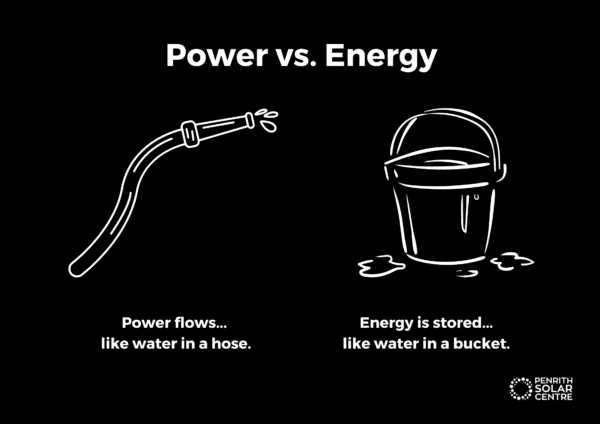
The amount of energy stored in the “battery bucket” is measured in kWh (kilowatt hours) which is 1 kW (kilowatt) times an hour. So if you had 1 kW of power charging or discharging into the battery for 1 hour, the result would be 1 kWh. The Powerwall has an energy capacity of 13.5 kWh.
The amount of power flowing through the “hose” is measured in kW. The Powerwall has a continuous power rating of 5 kW, which is how much power it releases during regular operation. It also has a peak power rating of 7 kW. This means that for 7 – 10 seconds, the Powerwall can output at a rate of 7 kW. This is handy if you have an appliance with a motor that needs a little bit of extra energy to get started.
An additional feature of the Powerwall is that it’s the only residential battery in Australia that’s liquid-cooled. This keeps the battery operating as close to 25°C as possible, which is the optimum temperature for power efficiency.
With the Tesla app, you’ll be able to monitor your energy consumption patterns in real-time. It’s one of the most intuitive and easy to use apps on the market for solar batteries. Anyone can understand it, from your kid brother to your grandmother. The only disadvantage to it is that it cannot be used on a web browser, you have to install it on Apple or Android products.
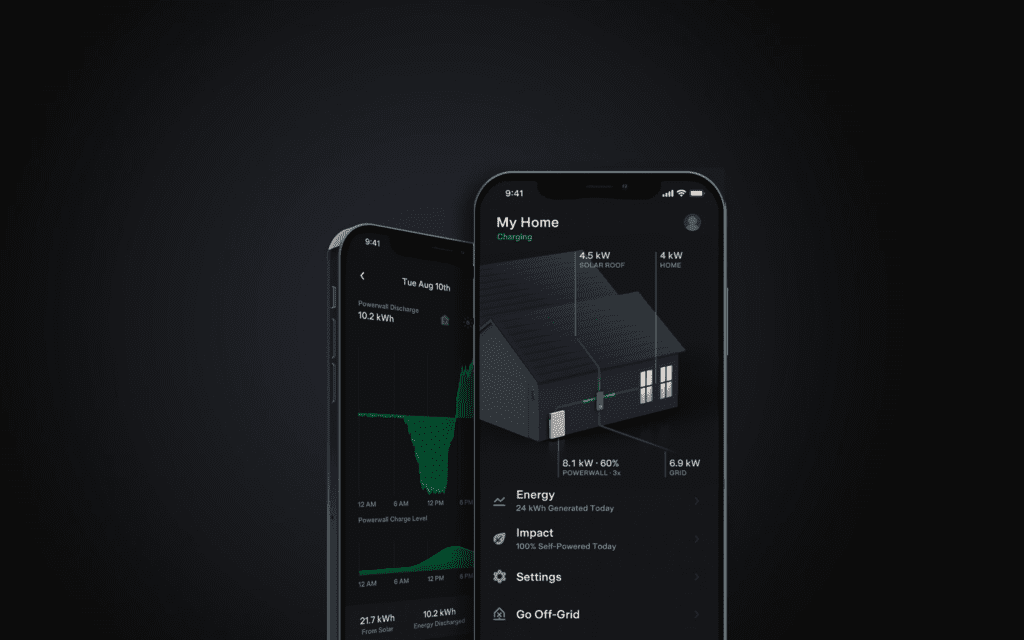
What Are The Pros And Cons Of The Powerwall 2?
Any product on the market has its advantages and disadvantages, and the Tesla Powerwall 2 is no exception. Here are a few of each:
Pros:
You’ve already learned the biggest advantage of the Powerwall: it’s an AC-coupled battery that’s compatible with any solar system in the world. It’s the best battery for a retrofit on the market.
The Powerwall is stackable. Calling a battery “stackable” is just a solar industry term that means the battery can be connected to increase your storage capacity. If you stack two Powerwalls together, you’ll have twice the energy storage: 27 kWh. In Australia, it’s possible to stack ten Powerwalls together per Gateway.

The warranty is outstanding. Solar batteries are warranted in cycles. The Powerwall is warrantied for 37.8 MWh (megawatt hours) which is 37,800 kWh, or ten years – whichever comes first. For the average consumer, the battery cycles once a day; a complete charge and discharge cycle. That’s 365 cycles in a year. Multiply that by ten years, you get 3,650 cycles. It should be noted, however, that because of the naturally occurring battery degradation, the warranty at the end of ten years is for 70% of its original storage capacity. That’s not unusual for a battery warranty though, as all batteries eventually degrade as the years pass.
Cons:
The Powerwall has one significant drawback that we’ve briefly mentioned: the built-in inverter. Unlike Enphase IQ Battery 5P, which has six microinverters installed to eliminate a central point of failure, the Powerwall has one inverter that converts all incoming and outgoing power based on direction from the Gateway.
That single point of failure is a real worry when you consider how hard that inverter is working. The inverter doesn’t just work during the day when the battery is charging, it’s also working at night when your household or the grid is taking electricity out of the battery. It essentially runs bidirectional 24/7.
If that inverter fails, it cannot be simply replaced. The entire battery is done if that inverter fails.
The other main drawback of a Powerwall is that it doesn’t have black start capability. “Black start” is a phrase that is traditionally used by large power stations to describe a procedure to recover from total or partial shutdown. In the solar world, it’s got a similar meaning: a black start allows the battery to recharge without the need for power from the grid.
When your Powerwall is fully depleted, it can’t jump start with electricity coming from the solar panels the way an Enphase battery can. So during a ten-day blackout due to fires or floods or some other disaster, you might make it three or four days before you completely deplete your battery’s — or batteries’ — supply. Even if your solar battery is still charging the battery during the day (which it can do), the Powerwall can’t kick back on.
For people who want to live off-grid or folks who want the assurance of electricity during severe weather, the Powerwall is limited in what it can offer.
Is The Powerwall 2 A Good Fit Or A Bad Fit For Your Solar System?
Like most questions in the solar industry, the answer is: it depends.
Good Fit:
If you have an existing solar system and are looking to add a battery to it, then the Powerwall is the best battery you can buy. Full stop. It’s compatible with everything.
It’s also one of the least expensive batteries per kWh you can buy as well. With the benefits of the feed-in tariffs reducing so much and the cost of electricity rising so quickly, batteries are turning out a quicker return on investment. An affordable battery like the Powerwall is going to accelerate that process. All that usable energy during the day can be stored and consumed.
Bad Fit:
Folks who are at home most of the time during daylight hours really don’t need a battery that badly. They’re using the solar system when the sun is up. If you work from home or if you’re, say, retired, you might not want to invest in a battery. It will take much longer to see that investment pay off.
As we mentioned earlier, people who want to live off-grid should probably look at an Enphase battery with black start functionality. The Powerwall just can’t provide the same service.
The Final Verdict: Is The Tesla Powerwall 2 Right For You?
By now, you should have a pretty clear understanding of the ins and outs of the Tesla Powerwall 2 and whether you’re interested in learning more about it.
The Powerwall has a lot going for it: it’s ridiculously compatible, it’s stackable, and the price is right.
However, if you’re looking for something with black start functionality or if you’re concerned about that pesky single inverter in the battery breaking down, you might want to investigate other options.
Consulting with a qualified solar installer is the best way to determine if the Tesla Powerwall 2 is right for you and your energy storage needs. If only there was an award-winning and certified Powerwall installer in your neighbourhood.
All joking aside, if after reading this review you feel the Tesla Powerwall 2 might be something you’re interested in adding to your solar system, you can read the following article titled “How Much Does a Tesla Powerwall 2 Cost?” Happy shopping!


